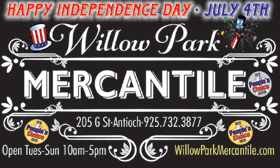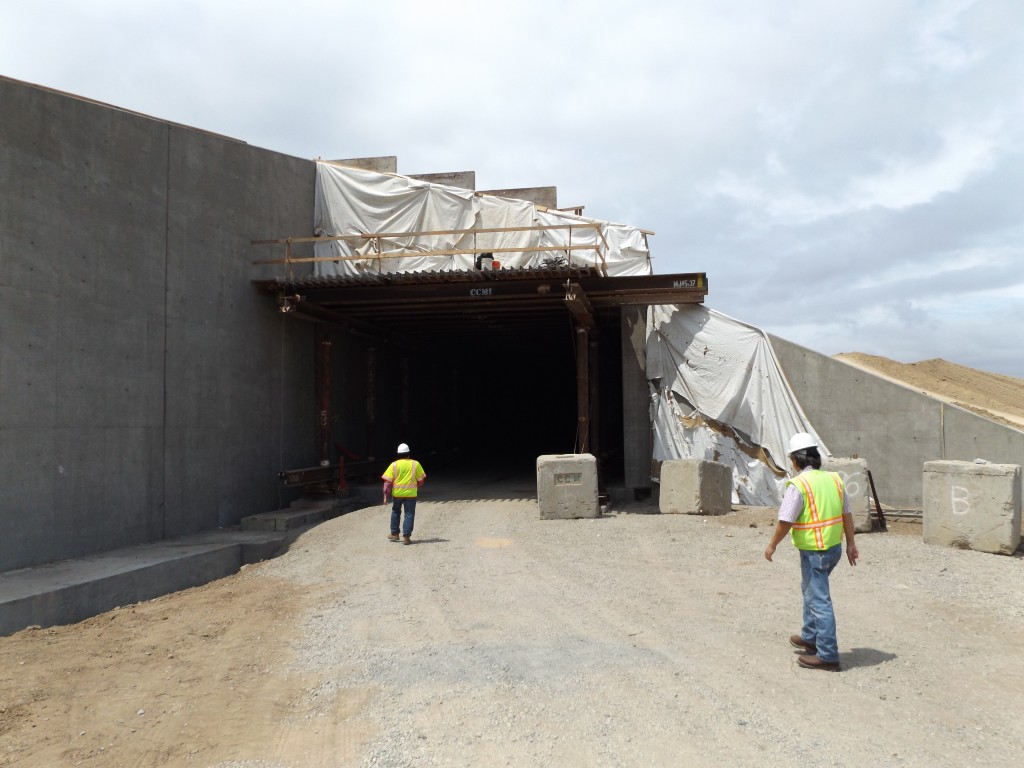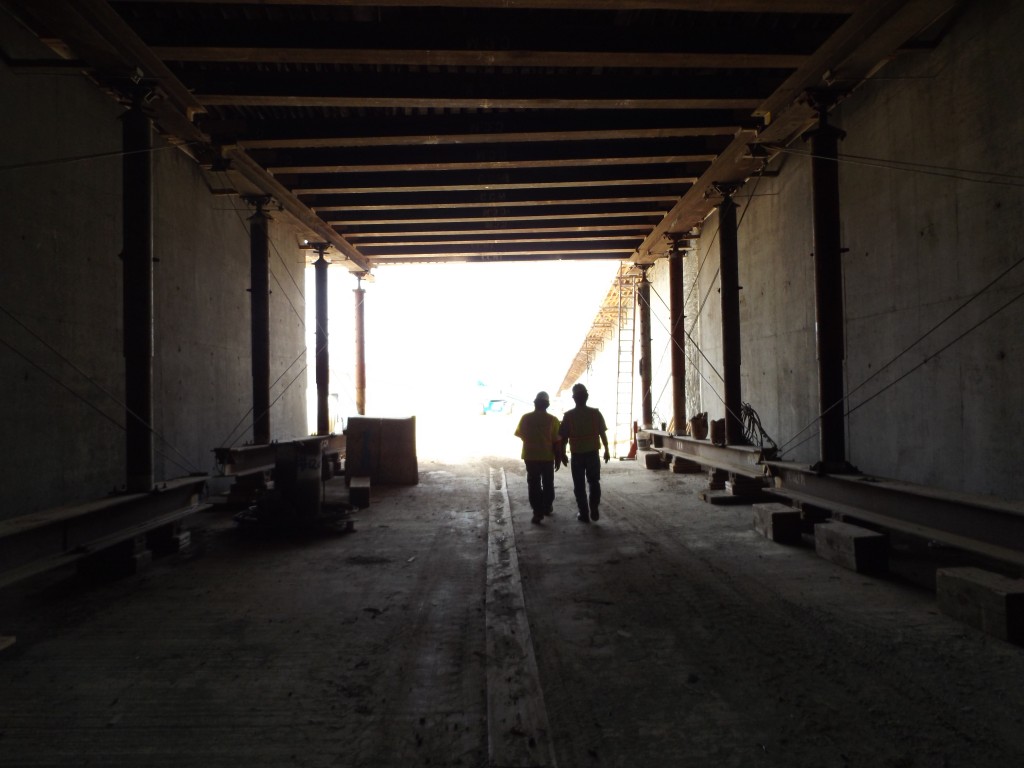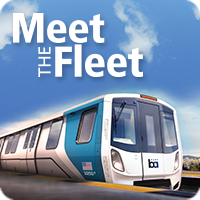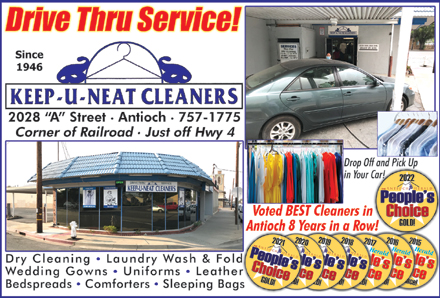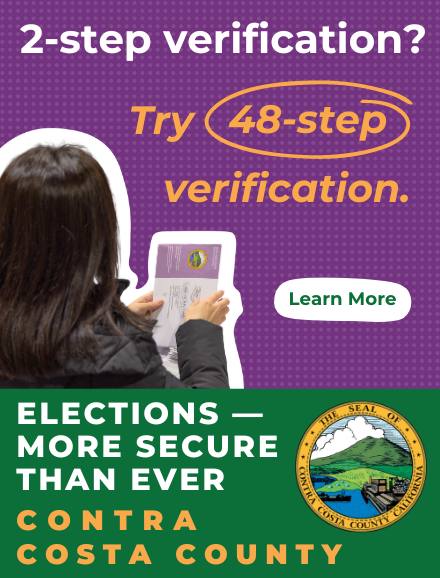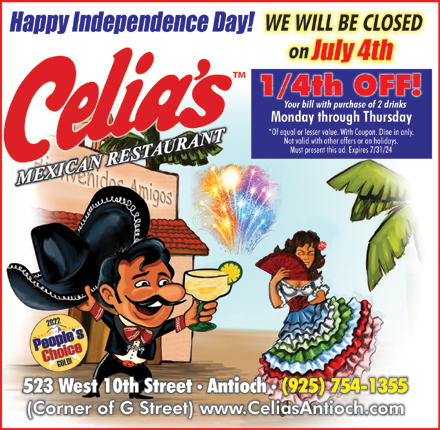Pedestrian overcrossing installed for Antioch BART Station on Friday
Monday, July 13th, 2015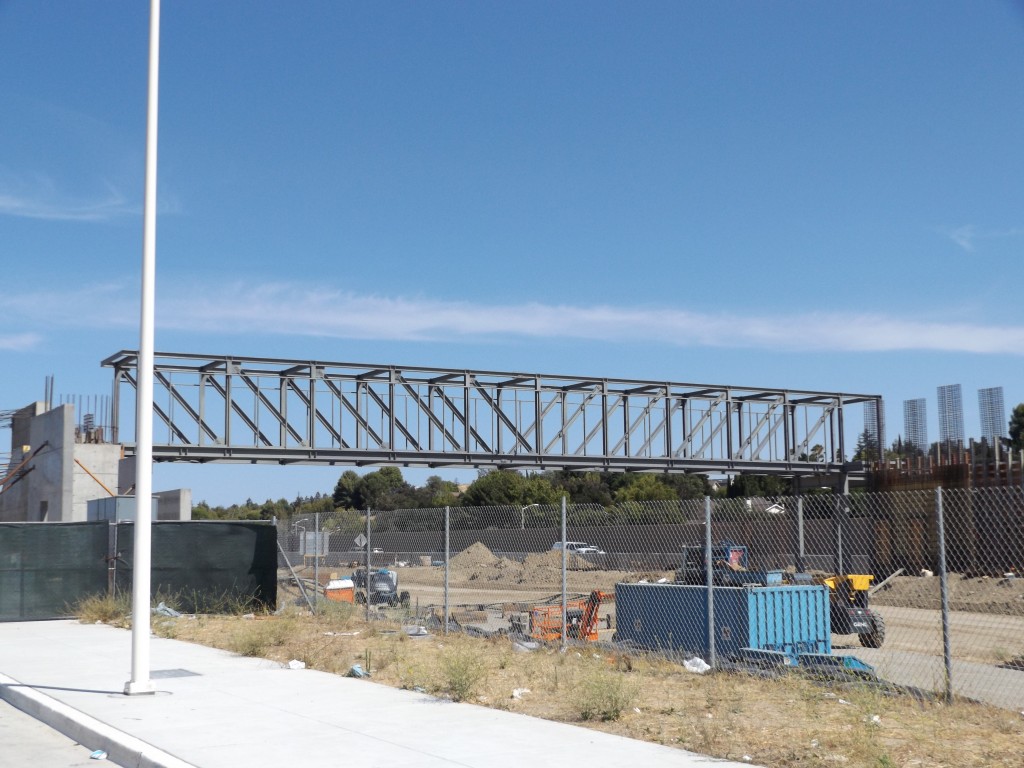
A pedestrian overcrossing was installed at Antioch’s BART Station, across the future westbound lanes of Highway 4 on Friday, July 10, 2015.
Highway 4 expansion paves way for BART extension to Antioch and East County
By Allen Payton
Progress continues on the Antioch BART Station. On Friday, July 10, the Contra Costa Transportation Authority (CCTA) installed a pedestrian bridge over Highway 4 for the future Antioch BART station at Hillcrest Avenue, marking a major milestone in the journey to bring eBART service to eastern Contra Costa County. The 145-foot-long structure was hoisted into place over Highway 4 by a giant crane about 4pm.
Prior to the installation, a tour of the new BART Station was provided by BART and CCTA staff, and included Director Joel Keller, who represents Antioch on the BART Board, and Antioch Mayor Pro Tem Lori Ogorchock. The tour included a walk through the tunnel beneath the future west-bound lanes of Highway 4, which will run from the BART station to the maintenance facility.
The median is wide enough to allow for both the line to the maintenance facility and two lines of transit for a future extension to Oakley and Brentwood, according to Michael Chann of S&C Engineers, Inc., who are working on the project.
“East County has been waiting a long time for better transit connections to other parts of the Bay Area,” Keller said. “After many, many years of planning and promises, we have started laying the track. The new Antioch Station will provide a high-quality transit connection for the people of East County in just a few years.”
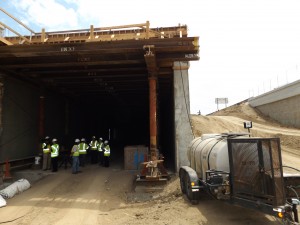
The Highway 4 median includes room for the tunnel to the maintenance facility and two lines of transit for a future expansion further east.
The pedestrian overcrossing will carry BART passengers over the four lanes of westbound Highway 4 to the future Antioch eBART station in the highway median. This station will enable East County residents boarding at Hillcrest Avenue to arrive at the Pittsburg-Bay Point BART Station in 10 minutes. eBART trains will operate on the 20-hour BART schedule and meet BART trains at Pittsburg-Bay Point every 15 minutes. BART’s Pittsburg Center Station is also under construction at Railroad Avenue in Pittsburg.
A video of the bridge lift can be found here: 4eastcounty.org/media/videos
“It’s exciting to see the progress being made at the BART Station at Hillcrest,” Ogorchock stated. “Antioch will finally be getting our long-awaited and promised BART extension. It will not only help our residents who commute out of the area to go to work, it will also open up the opportunity for commercial development and employment around the station.”
The eBART train cars, which are known as DMU’s (for deisel, multilple-unit) can hold up to 200 passengers, and as many as three vehicles can be linked together, allowing the system to move as many as 600 passengers every 15 minutes, for a total of 2,400 passengers per hour, per direction, according to Keller.
The Hillcrest BART extension is projected to be completed and the station open in May, 2018.
“The BART overcrossing installation is a very visible element of progress in providing more mobility to the residents of East County. We are providing not only needed capacity on Highway 4, but expanded transit options, as well,” said Julie Pierce, Chair of the Contra Costa Transportation Authority Board. “That’s how we are working in partnership with other agencies and the community to build a smarter and more efficient transportation network in Contra Costa County.”
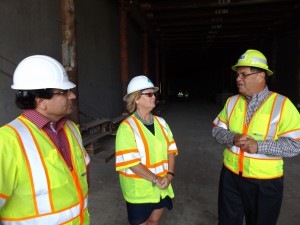
BART Director Joel Keller, left, discusses the new extension to Antioch with Antioch Mayor Pro Tem Lori Ogorchock and CCTA Construction Manager Ivan Ramirez.
The continued expansion of Highway 4 along the BART route has allowed BART to start laying track in the newly expanded medians. BART service is planned to start in 2018.
The Hillcrest Avenue segment of the Highway 4 Corridor projects is the fifth construction segment in the effort to modernize transportation options in eastern Contra Costa. The construction projects for this segment in Antioch will widen the highway from four to eight lanes, including three mixed flow lanes and one High Occupancy Vehicle (HOV) lane, and provide a median wide enough for BART.
Renderings of the future BART station can be found here: 4eastcounty.org/media/bart-gallery
The Highway 4 projects include improvements that will help modernize eastern Contra Costa County. The projects expand Highway 4 from four to eight lanes between Loveridge Road in Pittsburg to just west of State Route 160 in Antioch, from two to four lanes from Lone Tree Way to Sand Creek Road in Brentwood, add missing connector ramps at the State Route 160/Highway 4 interchange, and add a BART extension from Pittsburg to Antioch. This will greatly improve transit accessibility for the region, help reduce traffic congestion, and enhance the quality of life for the more than 250,000 residents of eastern Contra Costa County. The projects have been carefully staged to keep 130,000 vehicles per day moving as major construction and demolition work continue. These projects, plus previously constructed projects in the region, bring the total investment in East County to $1.3 billion, including State, Federal, Contra Costa Transportation Authority Measures C and J, regional bridge tolls, and other funds.
For more information on the eBART Project, visit www.bart.gov/about/projects/ecc. For more information on the Highway 4 expansion, visit http://4eastcounty.org/.





